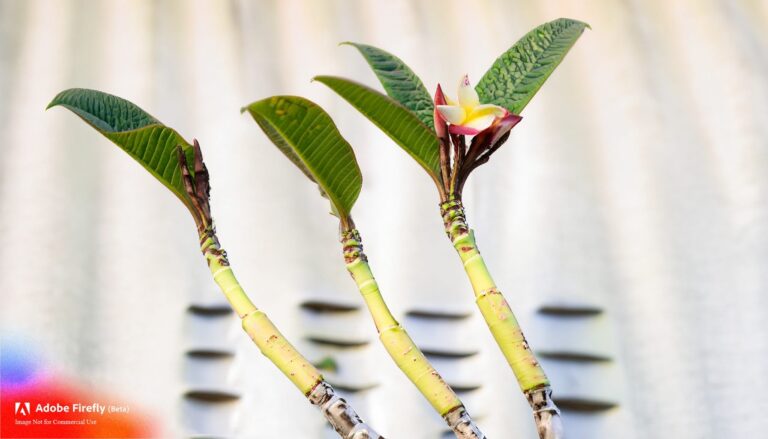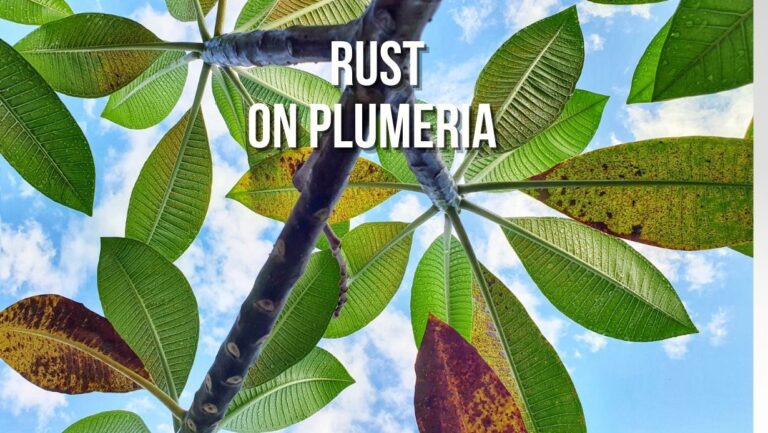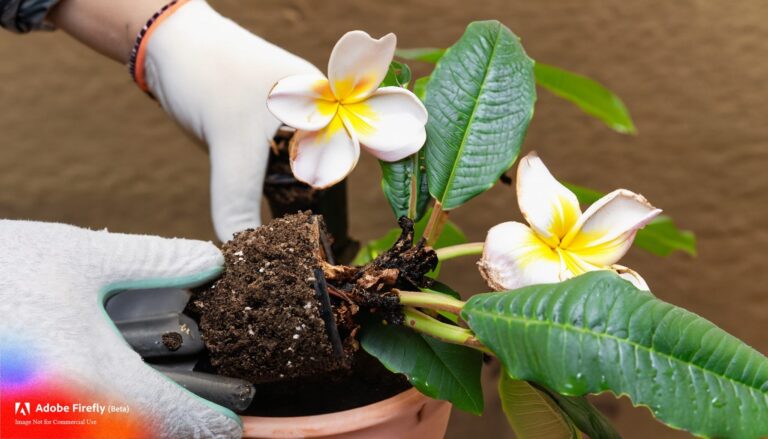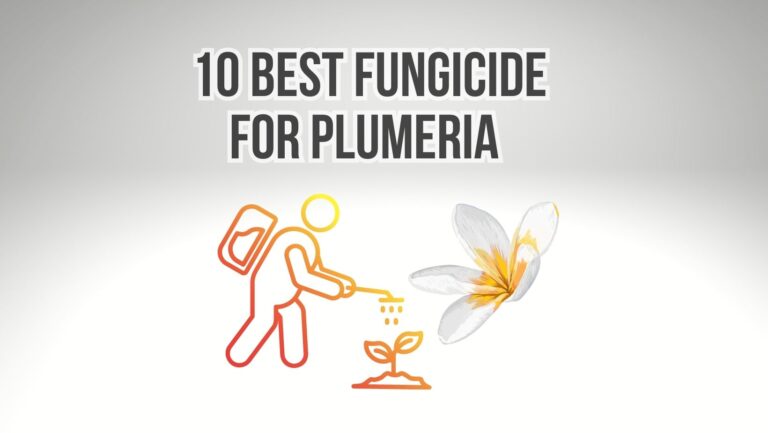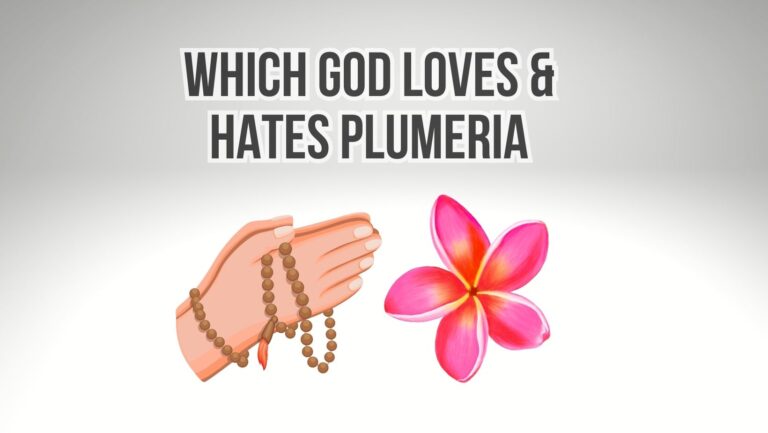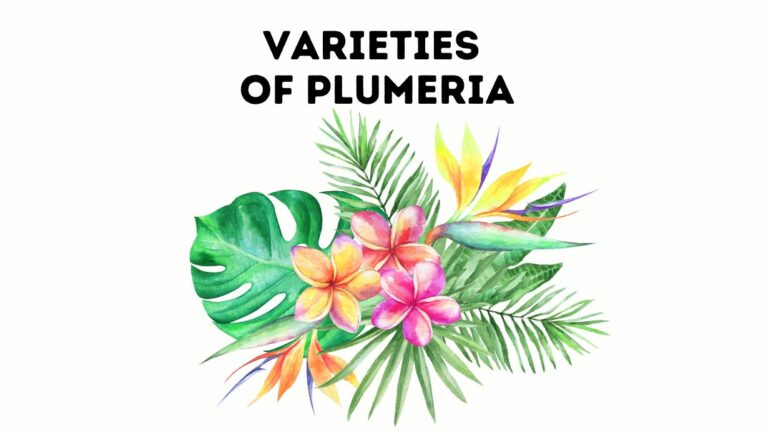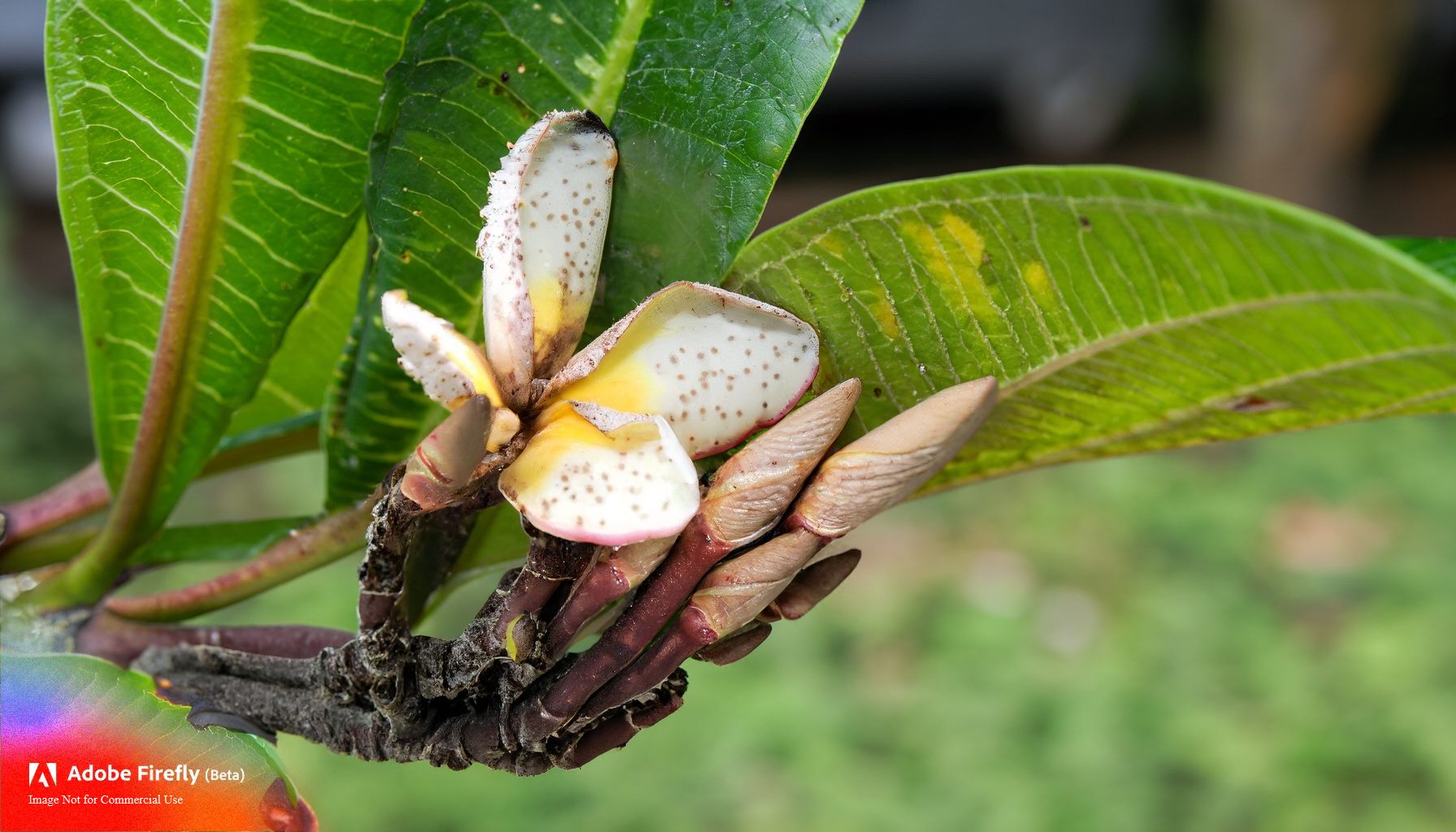
Plumerias, with their stunning flowers and delightful fragrance, are susceptible to various pests and diseases that can affect their health and appearance. Being able to identify these issues early on is crucial for effective management. In this guide, we’ll explore common pests and diseases that can affect plumerias, along with their symptoms and potential solutions.
5 Common Pests:
1. Aphids:
- Symptoms: Tiny, soft-bodied insects on new growth, often found in clusters. Leaves may appear distorted, yellow, or curled due to aphid feeding.
- Solution: Spray the plant with a mixture of water and mild soap or neem oil. Introduce natural predators like ladybugs or lacewings to control aphid populations.
2. Spider Mites:
- Symptoms: Fine webbing on the undersides of leaves and stippling (small white or yellow spots) on leaves. Leaves may turn pale and drop prematurely.
- Solution: Increase humidity around the plant, regularly spray leaves with water, and apply neem oil to control mite populations.
3. Mealybugs:
- Symptoms: White, cottony masses on leaves, stems, and undersides of leaves. Leaves may yellow and become distorted.
- Solution: Remove mealybugs manually using a cotton swab dipped in rubbing alcohol. Apply neem oil or insecticidal soap to affected areas.
4. Scale Insects:
- Symptoms: Tiny, round or oval insects attached to leaves and stems. They may appear as bumps or shells and can cause yellowing and stunted growth.
- Solution: Scrape off scales with a soft brush or toothbrush dipped in soapy water. Apply neem oil to control scale infestations.
5. Whiteflies:
- Symptoms: Small, white insects on the undersides of leaves. When disturbed, they fly up in a cloud. Leaves may turn yellow, and the plant’s growth may be stunted.
- Solution: Hang yellow sticky traps to catch adult whiteflies. Introduce natural predators like ladybugs to control whitefly populations.
5 Common Diseases:
1. Plumeria Rust:
- Symptoms: Orange to rust-colored spots on the undersides of leaves, accompanied by yellowing and premature leaf drop.
- Solution: Remove and destroy infected leaves. Apply a copper-based fungicide or neem oil to prevent further spread.
2. Black Tip Fungus:
- Symptoms: Blackened, necrotic tips on leaves. Leaves may appear burnt or scorched at the edges.
- Solution: Prune affected parts of the plant and improve air circulation. Avoid overhead watering and apply a fungicide if necessary.
3. Stem Rot:
- Symptoms: Soft, mushy stems near the soil line, often with a foul odor. Leaves may wilt, and the plant may die.
- Solution: Improve drainage by using well-draining soil and pots. Avoid overwatering and ensure the plant’s base is not buried too deep in the soil.
4. Leaf Spot:
- Symptoms: Circular or irregular brown spots on leaves. Spots may have a yellow halo around them.
- Solution: Remove and destroy infected leaves. Avoid overhead watering and improve air circulation.
5. Root Rot:
- Symptoms: Yellowing, wilting, and drooping leaves. The plant may be stunted and fail to thrive despite proper care.
- Solution: Improve soil drainage and avoid overwatering. Repot the plumeria into fresh, well-draining soil if root rot is severe.
Preventive Measures:
- Proper Planting and Care: Start with healthy plumerias, provide adequate spacing, and ensure proper soil drainage.
- Sanitation: Regularly remove fallen leaves and debris to eliminate potential breeding grounds for pests and diseases.
- Quarantine: Isolate new plants for a few weeks before introducing them to your collection to prevent the spread of pests and diseases.
- Good Cultural Practices: Provide adequate sunlight, ensure proper air circulation, and avoid overwatering to prevent humidity-related issues.
- Natural Predators: Encourage beneficial insects like ladybugs and lacewings that feed on pests like aphids and mealybugs.
- Pruning: Prune affected leaves and branches promptly to prevent the spread of diseases.
Conclusion
Early identification of pests and diseases is essential for effectively managing and preventing damage to your plumerias. Regularly inspect your plants, especially the undersides of leaves, and take prompt action if you notice any symptoms. Implementing proper care practices, maintaining good hygiene, and using organic remedies whenever possible will help you keep your plumerias healthy, vibrant, and free from the threats of pests and diseases.

